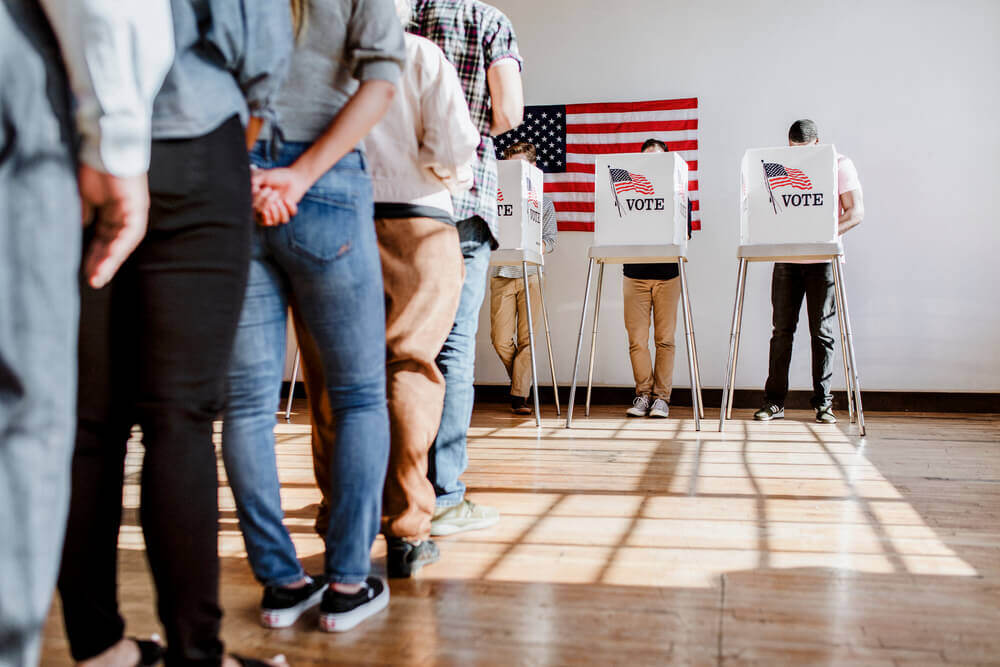Political campaigns face new hurdles. Many digital tools that made it easy to reach voters—such as third-party cookies, SMS campaigns, and reliable social media ads—are no longer as dependable as they once were. Media buyers and consultants feel the pressure to deliver results as the digital world continues to evolve.
So, what works now? Campaigns have to get back to basics. That means gathering and using their own first-party data and working with local media brands that people already trust. This approach gives campaigns more control, keeps them compliant with privacy rules, and helps them connect with real voters in authentic ways.
Third-Party Data Is Fading Out
For a long time, political campaigns leaned on third-party data. External companies collected information as people clicked across websites and apps. It was never perfect—but now, the system is falling apart.
- Browser Changes: Major browsers, such as Google Chrome, are phasing out third-party cookies. Campaigns can't track people across sites as they did before.
- Stricter Filters: Mobile carriers now have stronger spam filters, blocking many SMS messages before they reach voters. Social platforms continually update their rules for political ads, rendering these channels unreliable.
Campaigns can't expect outside data sources to do the work anymore. The old methods won't cut it for reaching voters in 2025 and beyond.
Why First-Party Data Makes a Difference
First-party data refers to information collected directly from your audience with consent. That could be an email address collected when someone signed up for something on your website, attended an event, or participated in a survey.
First-party data stands out because:
- You Reach Real Supporters: You connect with people who actually care about your campaign.
- Messaging Hits Closer to Home: With accurate data from the source, it's easier to personalize messages for every voter.
- Privacy and Ownership: Since you’re collecting the data yourself—always with consent—it’s easier to follow privacy rules.
At McClatchy, we've built up deep first-party data from millions of active readers and subscribers. This means campaigns can target messages to people already involved in their local communities.
Local Insight Connects Campaigns to Voters
With so much noise and misinformation online, voters tend to trust their local news sources more than national outlets or social media platforms.
If your ad shows up next to a piece of local journalism, people are more likely to take it seriously. They recognize and rely on those community news brands. McClatchy’s network—including the Miami Herald and The Sacramento Bee—offers campaigns a direct path to reach people where they live.
Pairing Data with Local Media: A Smarter Approach
To win in 2025, political campaigns need two key pieces:
- Precision: First-party data ensures that you deliver your messages to the right people at the right time.
- Trust: Local media presents your message in a respected setting, so people are more likely to pay attention.
McClatchy brings both to the table. Our campaigns utilize focused data and trusted news sources to share your message with people who are tuned in to what’s happening in their local area.
Future-Proof Reaching Voters
Outdated third-party tactics are no longer effective. The most successful campaigns will build direct connections with voters and use channels local readers already trust. When you pair high-quality first-party data with strong local media, your message gets through—clearly and credibly.
Want to set up your campaign for success in 2025? Learn how McClatchy can help.





